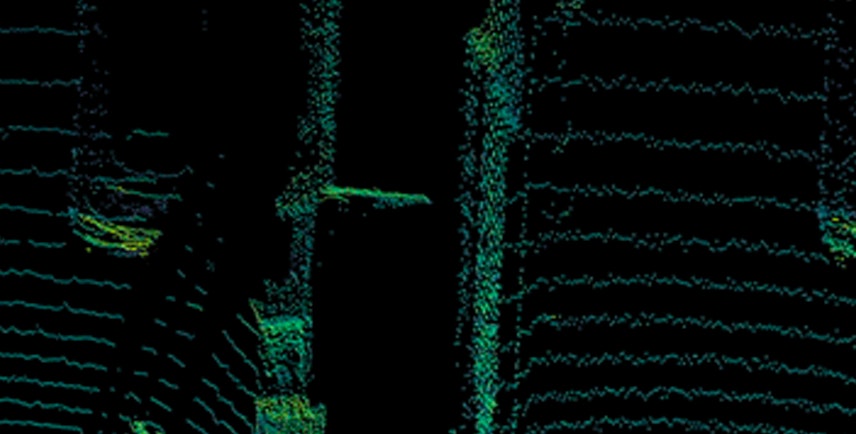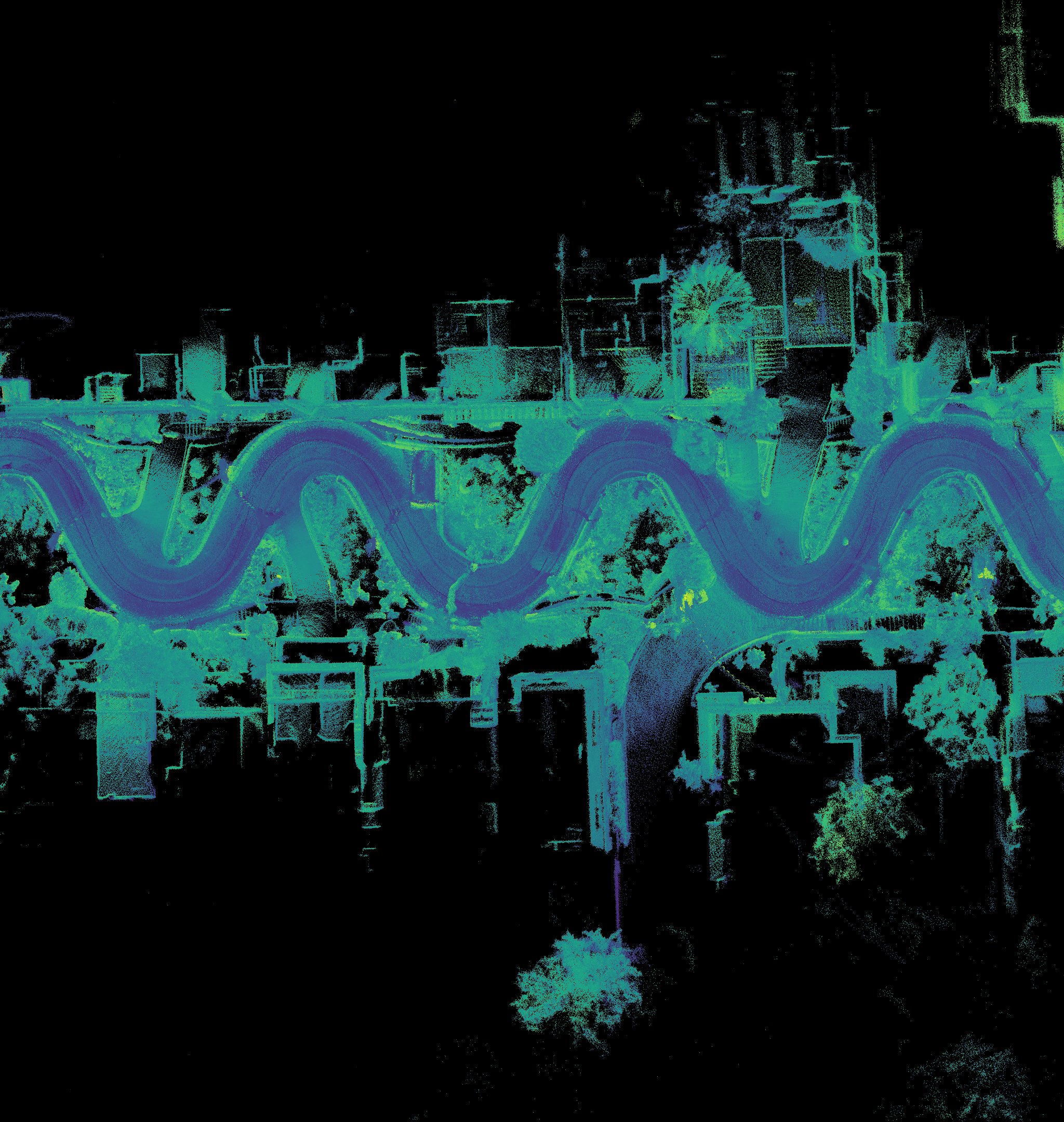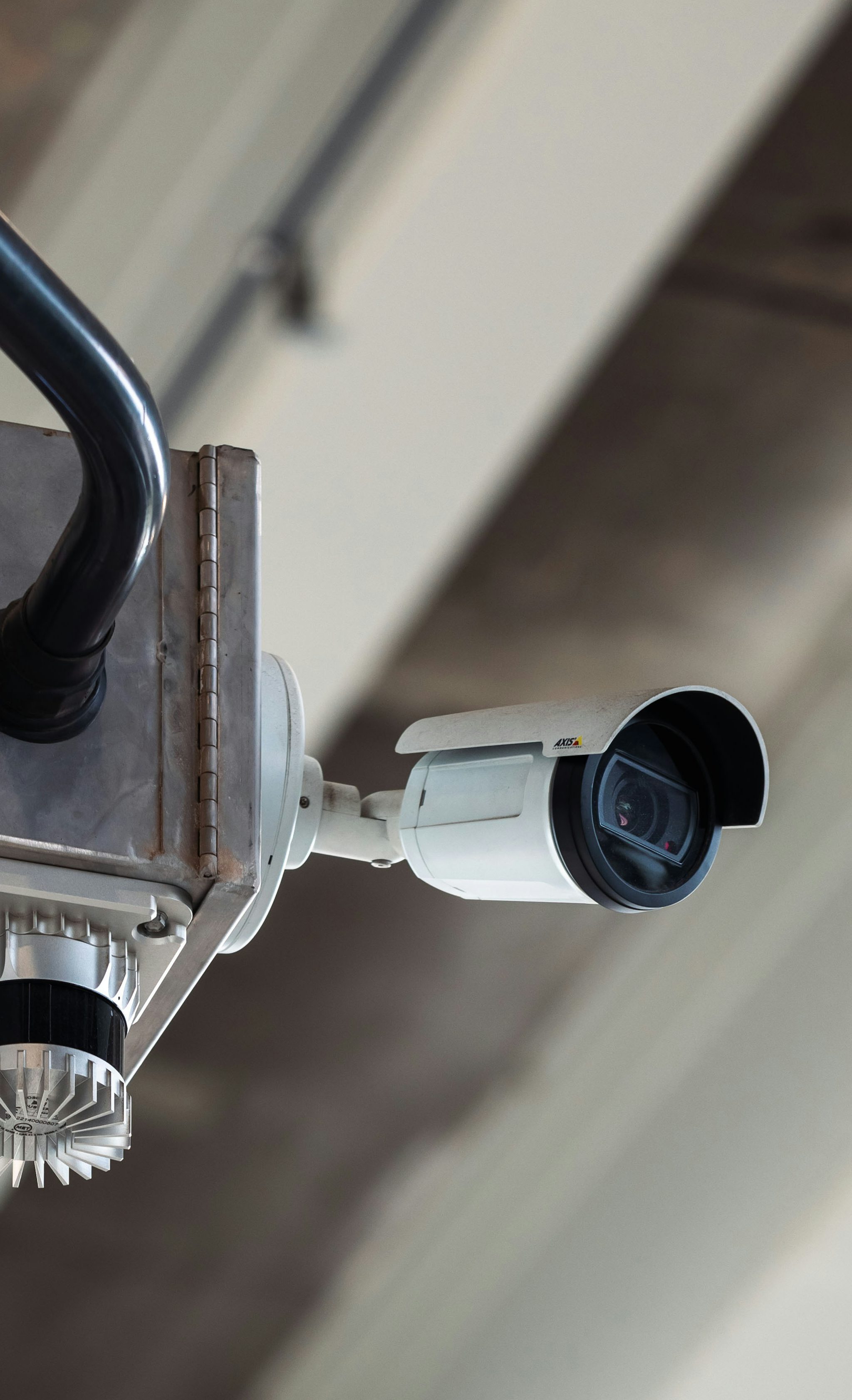Summary:
Firmware 1.13 delivers a major improvement to our sensors’ precision. This update improves precision by approximately 2x (1.2x – 2.75x depending on target type and range), while also improving the granularity (range resolution/discretization) of range data measurements from 1.2 cm increments down to 0.3 cm increments. In addition to the precision improvements, 1.13 improves sensor ease-of-use with new networking features, updated documentation, a new alerting system, improved diagnostics, and deterministic behavior of the lidar data. Read on for more details on the changes.
Click here to download the update and read the detailed changelog.
Precision improvements
With Firmware 1.13 we focused primarily on improving the precision (sometimes called “range noise” or the standard deviation of a collection of range measurements on a fixed target) of our sensors. As a result of all that hard work, customers who upgrade to the new v1.13 firmware will see, on average, a 2x improvement in precision on their sensors. This dramatic improvement is a result of an effort to carefully characterize and optimize the signal processing algorithms running on the sensor.
More granular range measurements
Along with reduced range noise, we have also increased the granularity of our range measurements in 1.13. In prior firmware versions, range was measured in 1.2 cm increments. Going forward, the granularity of our range measurements is improving by a factor of 4, down to 0.3 cm (or 3 mm) increments. This higher level of detail further improves the precision of our sensor, particularly at closer ranges.
Putting the firmware to the test

To demonstrate the improvement, we tested the precision of both 1.12 and 1.13 firmware versions on various targets both indoors and outdoors in full sun, including 10% reflective targets, 80% reflective targets, and retroreflectors. As you can see in the charts below, across all ranges, Firmware 1.13 shows a significant improvement in precision – with as much as a 2.75x improvement between 2 and 5 meters for both 10% and 80% reflective Lambertian targets.
To visually demonstrate the improvement, we recorded data of a wall from a recent conference and also took a drive down a narrow street in San Francisco, called Clarion Alley. In the gifs below, you can see the precision improvement in the form of thinner (more precise) walls at close range, and cleaner scan lines.


Improved ease-of-use features
In addition to improving the quality of the data output by the sensor, we’ve also made the sensor even easier to use and more deterministic in its behavior. The major changes are:
- Consolidated documentation – we’ve combined our hardware and software user guides into a single, consolidated user guide on the sensor that you can access through the web browser interface, and still have the hardware and software user guides available in pdf form on the website.
- A new alerting system with more descriptive error messages for UDP packet transmission and UDP socket issues
- Deterministic startup behavior. On boot or after reinitializing, the first UDP lidar data out of the device will always be frame 0 and contain data columns 0-15.
- Deterministic mapping of lidar data column id’s into lidar UDP packets along with a guarantee that a fixed number of UDP packets are output for every rotation.
We have a more detailed technical summary of the changes on our firmware page.
We hope you get value out of the new updates, and we always welcome feedback on the changes!
Bonus Video!
Clarion Alley is also covered in murals that you can see in this lidar SLAM video with our detailed intensity data: https://www.youtube.com/watch?v=j2TVyYVu4Ng





